3He(e,e'd) Analysis
Dilution Factor:
My short calculation: AsymmetryCalc.pdf
T1 trigger checks.
Multiple hits in TDCs are very common. Sequential hits are
stores in a stack memory, and then read out, when trigger
comes -> Common stop mode. If "N" hits, last hit has index
[0], first one has index [N-1].
01.) 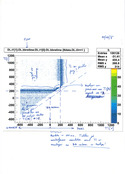 02.)
02.) 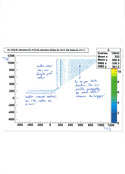 03.)
03.) 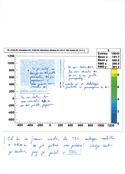 04.)
04.) 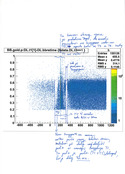 05.)
05.) 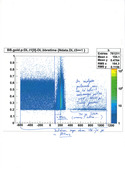
06.) 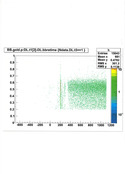 07.)
07.) 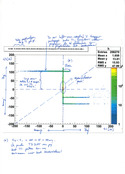
T3 trigger checks.
08.) 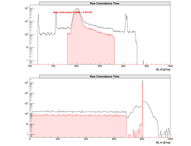
As such T3 histogram can not be used properly for background
subtraction. I was trying to determine the origin of the complex
structure of the T3 trigger. In the end I want to get a raw coincidence time
histogram, consisting of flat background and a coincidence peak:
09.) 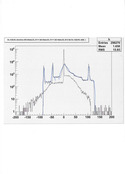 10.)
10.) 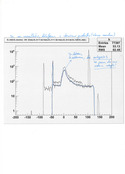 11.)
11.) 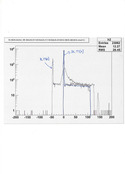 12.)
12.) 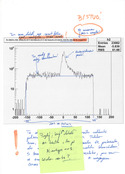
Using (BB.tr.n>0) cut:
13.) 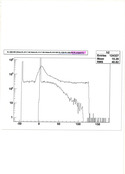 14.)
14.) 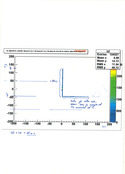
15.) 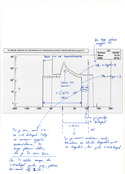 16.)
16.) 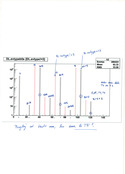 17.)
17.) 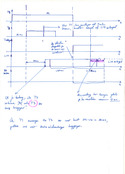
18.) 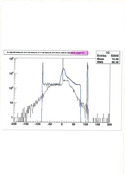 19.)
19.) 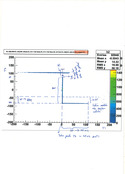 20.)
20.) 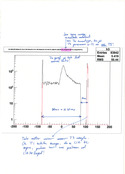 21.)
21.) 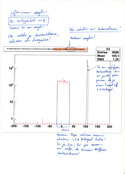
New Coincidence Time:
New coincidence time is difference between T3 and T1. At the moment,
I am using only those events, that have one hit per event in BB and HRS-L.
To use multiple hit events, an algorithm needs to be found, that
find the correct hit in TDCs, that goes with the trigger.
22.) 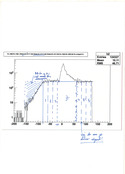 23.)
23.) 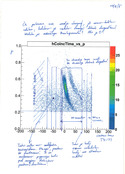
Background Subtraction:
Background in not uniformly distributed over the whole momentum region.
Therefore a single dilution correction can not be used to correct
asymmetries in all missing momentum bins. Different correction
is necessary for each bin. In this aspect, background subtraction method
seems to be better choice:
24.)  25.)
25.)  26.)
26.)  27.)
27.) 
Last modified: 07/06/11
 02.)
02.)  03.)
03.)  04.)
04.)  05.)
05.) 
 07.)
07.) 

 10.)
10.)  11.)
11.)  12.)
12.) 
 14.)
14.) 
 16.)
16.)  17.)
17.) 
 19.)
19.)  20.)
20.)  21.)
21.) 
 23.)
23.) 
 25.)
25.)  26.)
26.)  27.)
27.) 